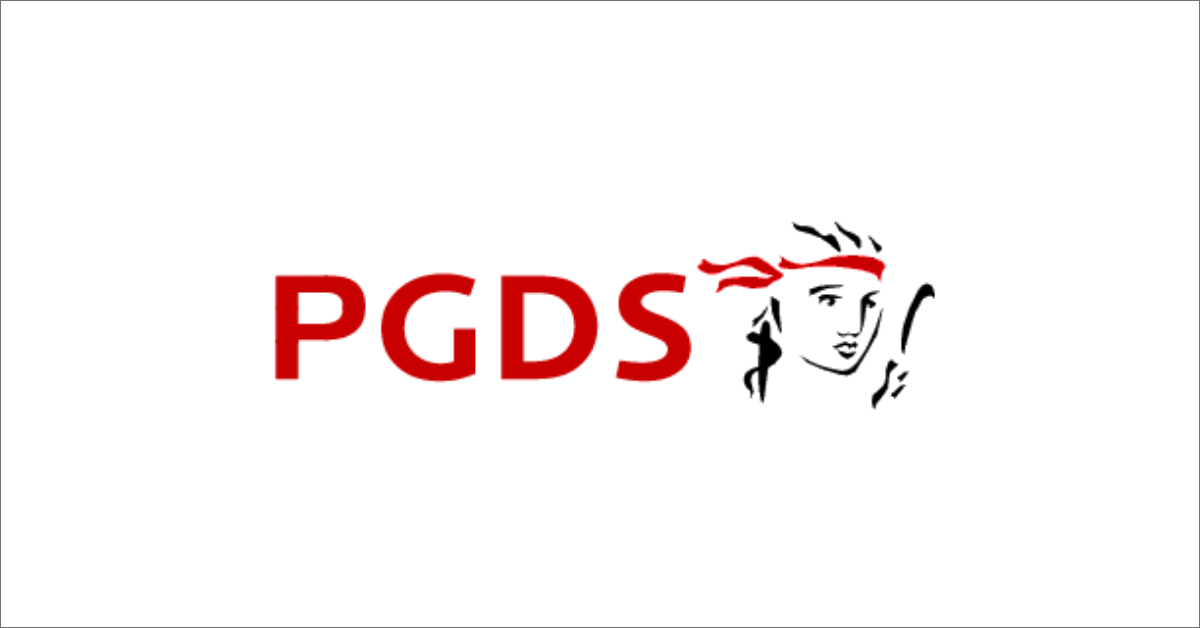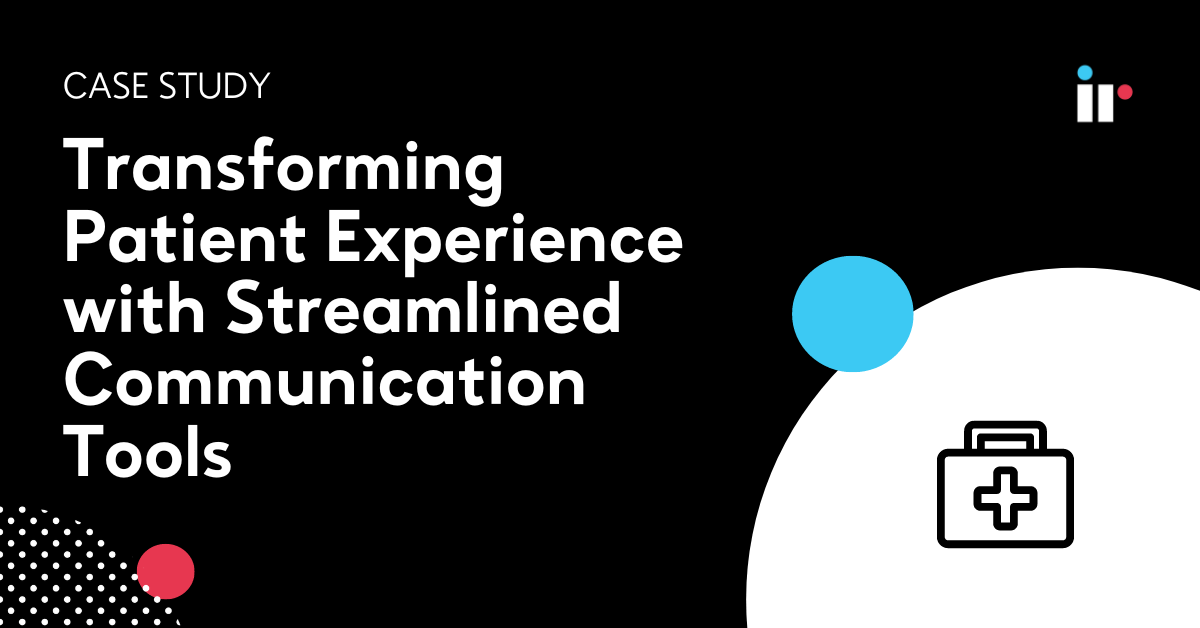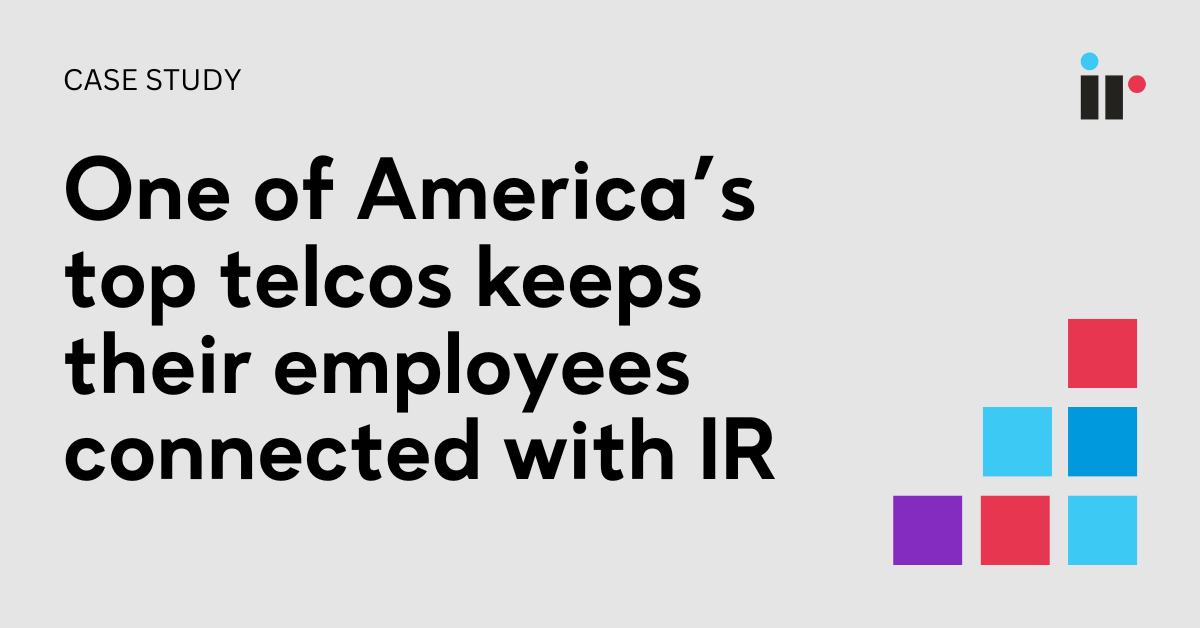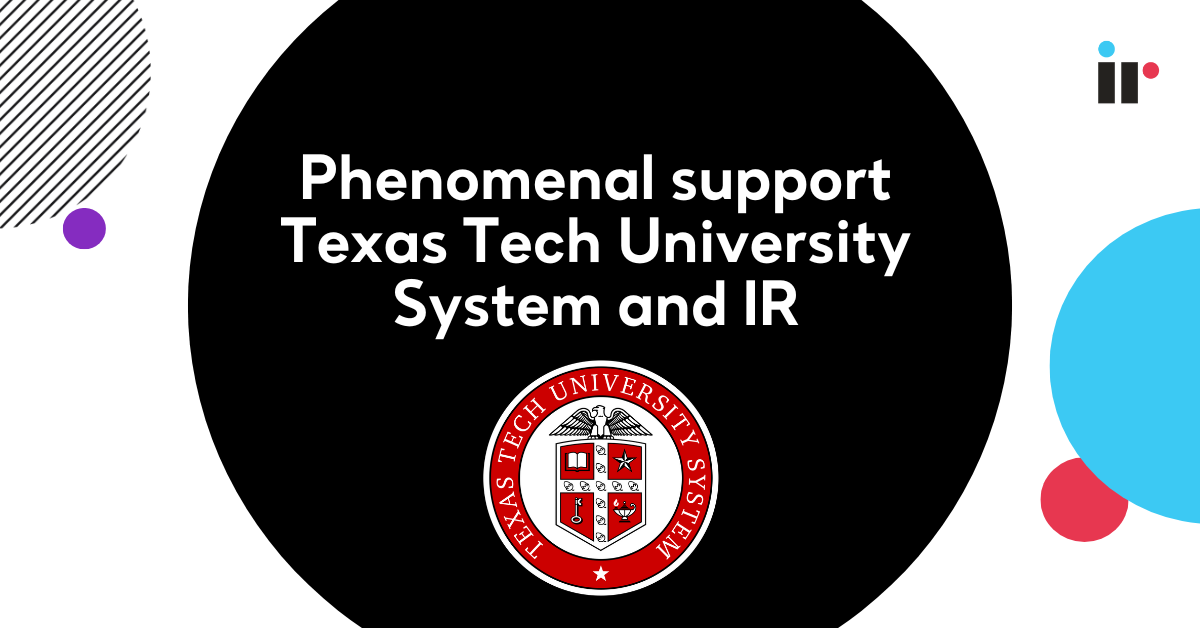Prudential Global Data Services (PGDS) is the IT management arm of the Prudential Group of Companies and manages over six thousand VoIP end points.
Spread across the US and Europe, staff found that troubleshooting quality issues were time-consuming and labor-intensive.
Although they could drill down into detailed logs, nothing was correlated which meant looking at data piece by piece and trying to correlate it manually.
Although the VoIP vendor had supplied a monitoring tool it could not give them the insight they needed to resolve quality issues.
End to end visibility
PGDS knew it needed deeper insight, fast. Telecommunications Team Manager, Gary Foulger says:
“We looked at various tools but nothing gave us the deep information Prognosis does.
“It’s key for us to be able to look beyond the call itself so I know without doubt whether the issue is inside or outside our network.
“In this way I can approach the carrier or the user with certainty and not waste a lot of time on something that doesn’t exist internally.
“I can establish if there are any issues with quality either inside our network or with our carrier. And if the call is going over international mobile networks it means that no remediation is needed because the issue is outside our control or our carrier’s control.”
Insightful and effective
Gaining this insight was like turning the lights on, while saving time and money.
What could previously take hours could be done in minutes. Predictive analytics established the root cause of problems, and by leveraging the blended-vendor capabilities of Prognosis, a single viewpoint instantly provided end-to-end insight.
Now PGDS had detailed insight to hop-by-hop voice quality and the complete ‘person-to-person’ picture.
We’ve found everything is quicker with Prognosis and the reporting is good.
“We had issues with one of our connections to Poland and I was asked to go back and find out what happened. “In the past I just couldn’t do this. I’d have to pull a lot of things together and even then not be 100% sure of the result. “To go back and see what actually happened - that’s invaluable.”
Staff can now assess the health of the entire VoIP environment making performance management much simpler and more efficient.
And information is presented intelligently. Prognosis translates cryptic machine-to-machine communications from multiple UC endpoints, devices and technologies into a language that people understand.
Staff can look at the screen and know which data requires attention. They can drill right down to the nuts and bolts of the calls’ network path and identify the causes behind the issues.
Automatically built component groups mean the status of all the core devices can be seen on one screen. Foulger adds “I drill down if I think anything needs to be looked at further. It’s a quick and easy way for me to assess what’s going on. Before, I had to log on, run lots of commands and hope that I captured everything.”
Effective Collaboration
Staff also use Prognosis intelligent alerts to flag events. This means that everyone knows what needs to be prioritized and clarifies what actions are needed.
With proactive insight into both existing and expanding technologies across the whole of its IP telephony environment, PGDS has gained rapid returns on investment and invaluable sight across its VoIP network.
Sometimes we get alerts that are informational, so being able to tweak them and put some simple text around them is really useful
Gary Foulger,
Telecommunications Team Manager, PGDS




